


04
SELL BEFORE YOU BUY, BUY BEFORE YOU SELL…
25
KEY TRENDS FOR RENTAL PROVIDERS IN 2025
24
LEASED IN MARCH Leasing Statistics For March 2025




04
SELL BEFORE YOU BUY, BUY BEFORE YOU SELL…
25
KEY TRENDS FOR RENTAL PROVIDERS IN 2025
24
LEASED IN MARCH Leasing Statistics For March 2025
When selling your home, you will want to plan every step carefully. Once you have decided to sell, you’ll need to work out the timing of the sale, based upon your personal circumstances. Let’s have a look at your options.

1.
SELL YOUR CURRENT PROPERTY BEFORE BUYING THE NEXT
Positives:
• Eliminates time pressure with your sale.
• No need for bridging finance.
• You’ll know exactly how much you can afford to spend on your next home.
Negatives:
• You may need rental accommodation if you can’t find your next property before settlement.
• Property prices may rise while you are looking for your next home.
2.
BUY YOUR NEW PROPERTY, THEN SELL YOUR CURRENT HOME
Positives:
• The cost and inconvenience of renting and moving twice is eliminated.
• The pressure to buy a property that is an unsuitable compromise is eliminated.
Negatives:
• You don’t know the price you’ll achieve, or how long it will take to sell your existing home.
• You may experience additional financial pressure.
3.
BUY AND SELL AT THE SAME TIME
Positives:
• If you can time the buying and selling process perfectly, this is a great option.
• The best position to aim for is that the purchase of your new home settles on the same day as the sale of your current home. Whichever option you consider, give careful consideration to your financial circumstances.

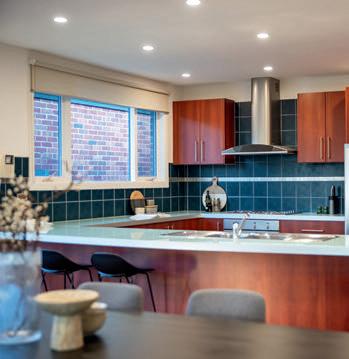
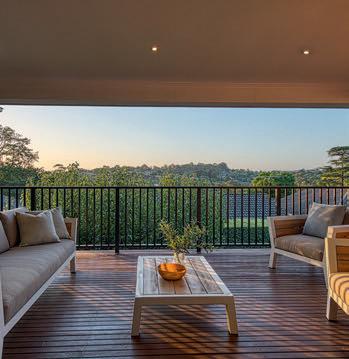


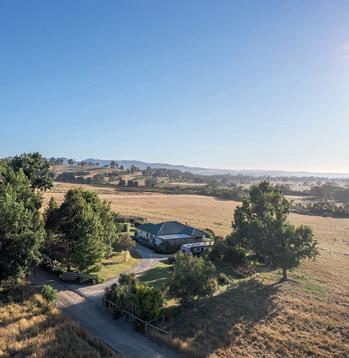



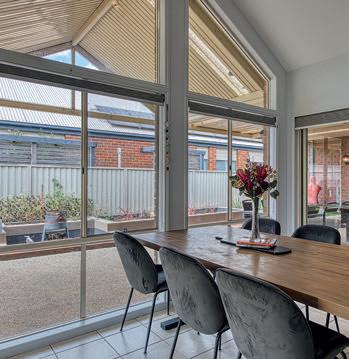
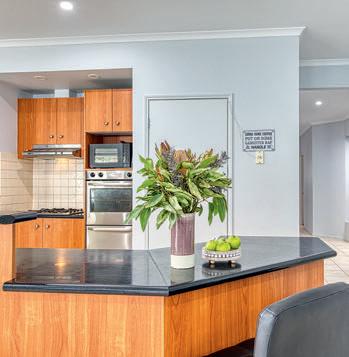

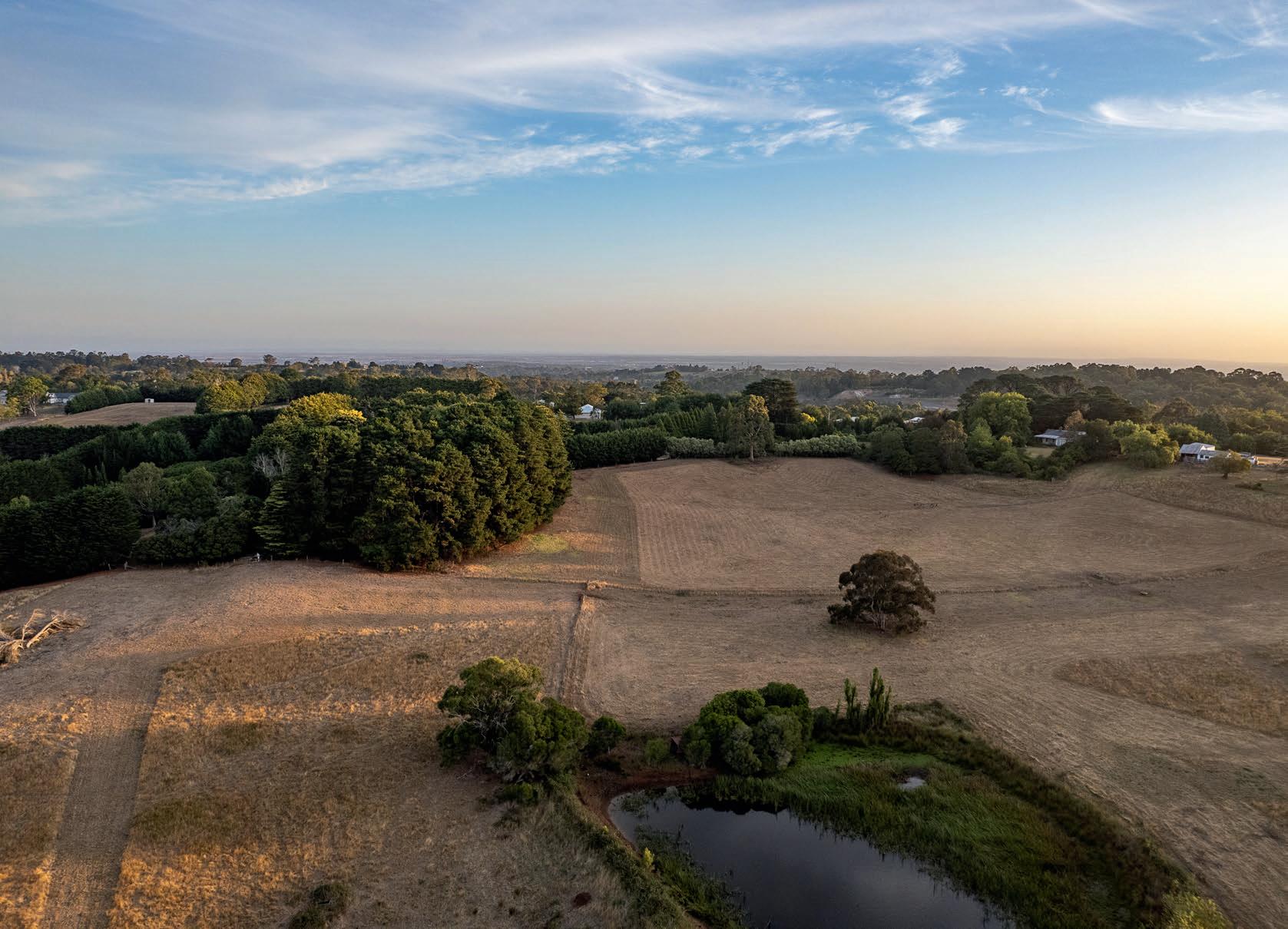



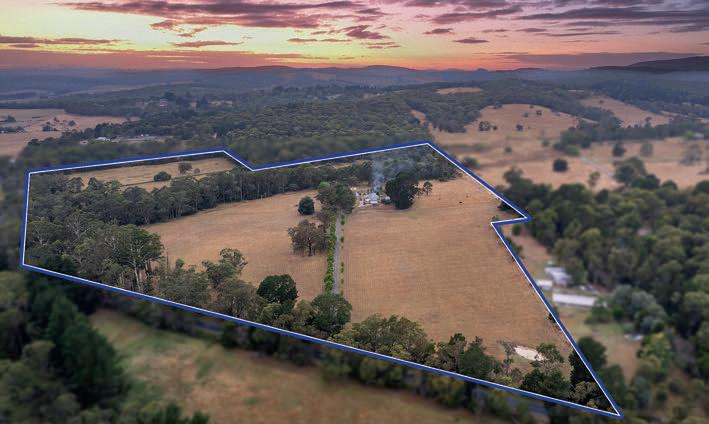
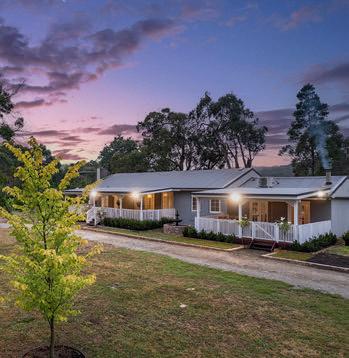




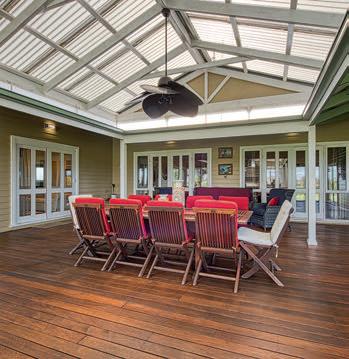

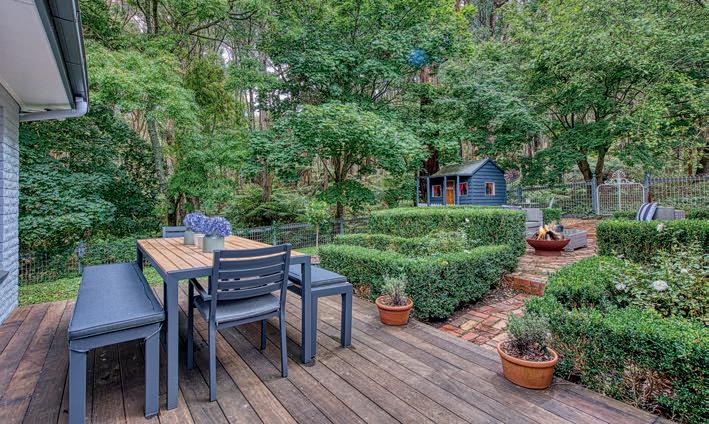
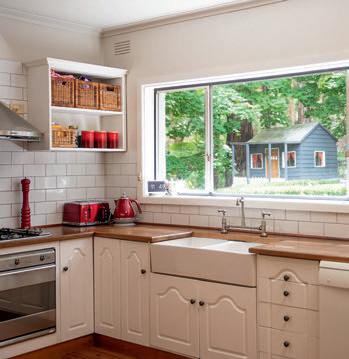


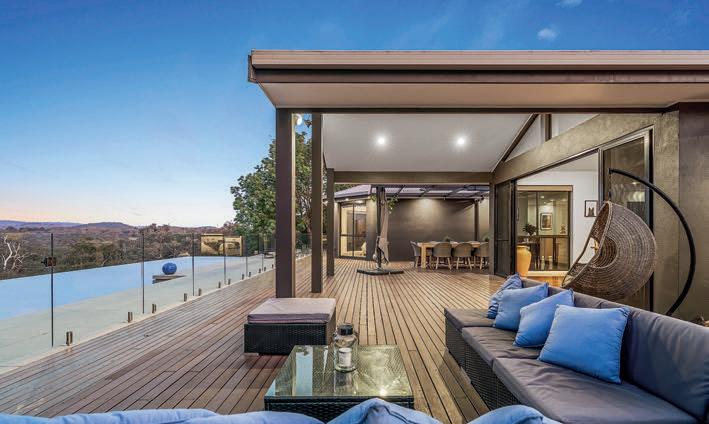
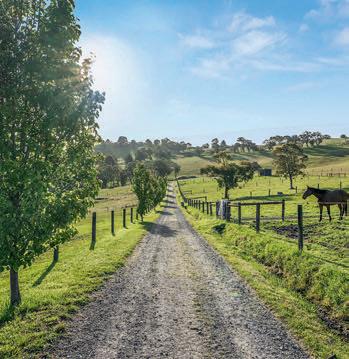








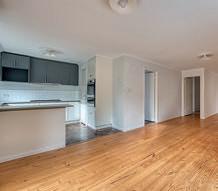


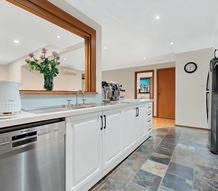


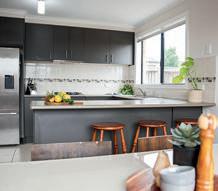
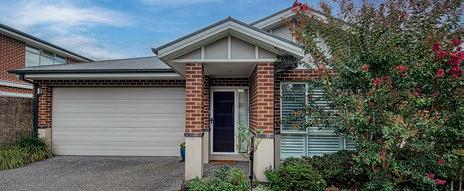


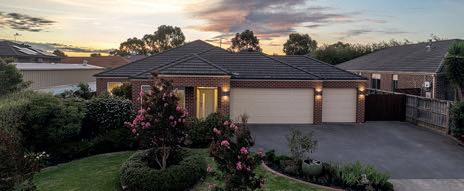


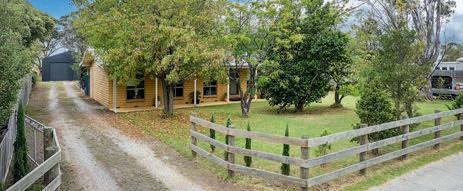


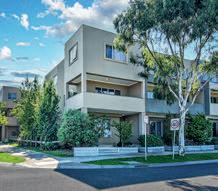

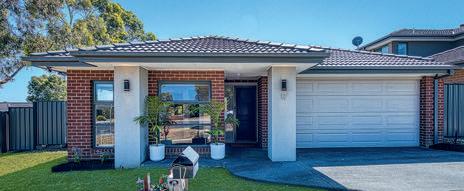


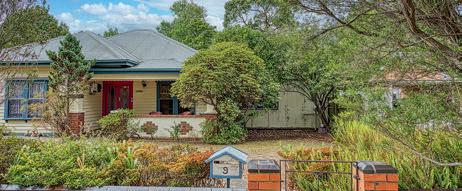
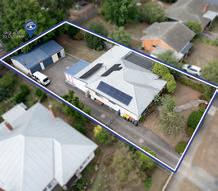










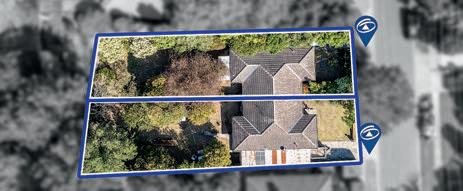





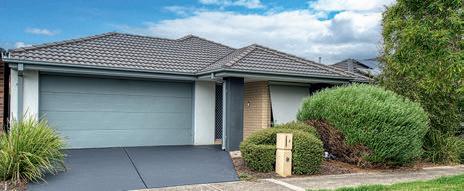
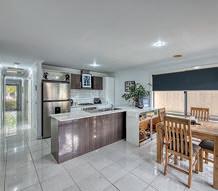







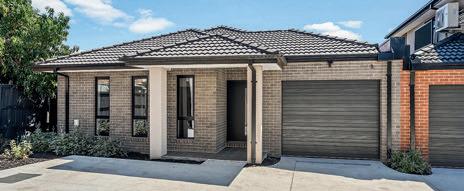



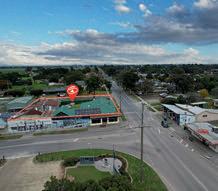

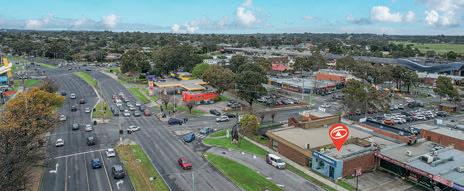





RANGING IN SIZE FROM 4m² - 34m²
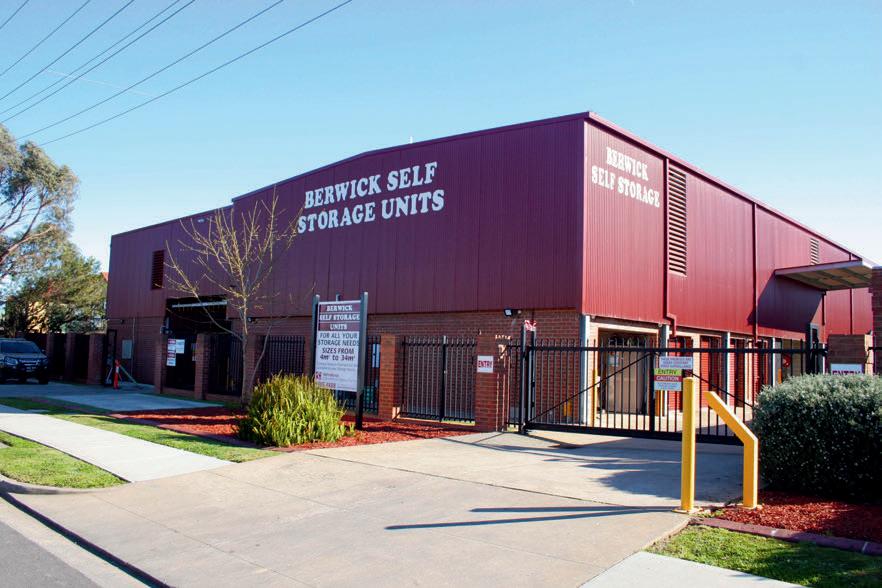
Solutions for all your storage needs.
Competitive Rates
Short or long term leases available
Modern, clean units
24 hour video surveillance
Easy access
100 Enterprise Avenue, Berwick



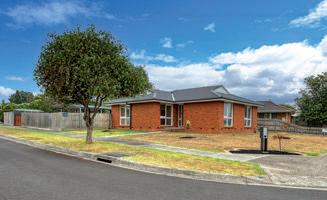
WARREN
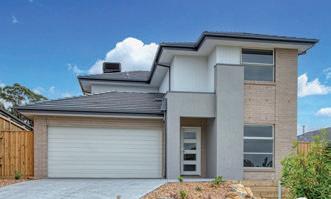
BOSCO CLOSE $560PW 3 / 1 / 2 CLYDE NORTH
ALLAN CLOSE $ 590PW
/ 2 / 2
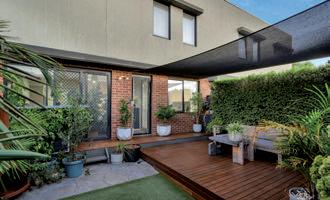
BENTLEY LANE $550PW 3 / 2 / 1

/ 2 / 2
1.87%19,035174
AVERAGE VACANCY RATE ONLINE VIEWS APPLICATIONS RECEIVED

The Australian rental market is shifting in 2025, requiring property owners and investors to adapt. Insights from CoreLogic’s Housing Value Index reveal key trends in rental growth, supply constraints, and investment strategies.
Rental prices have surged in recent years, though the pace of growth has slowed. January saw a modest 0.4% increase in national rents, reflecting affordability concerns and supply constraints. However, annual rental growth remains at 4.4%, more than double the pre-pandemic average of 2.0%. Sydney and Melbourne’s unit rental prices have plateaued, while regional markets still face strong demand and supply shortages.
Investors may see some relief with anticipated interest rate cuts in 2025. Lower borrowing costs
could stabilise cash flow, but the transition will be gradual. Rental providers should plan for sustained mortgage expenses while navigating the evolving market.
Housing supply remains a pressing issue, with construction delays, rising material costs, and labour shortages limiting new stock. Despite a slight rise in dwelling approvals, vacancy rates remain historically low, keeping upward pressure on rents. While some cities see increased rental listings, others, such as Perth and Adelaide, maintain tight markets with rising prices.
To remain competitive, rental providers must balance rental income with affordability concerns. Sustainable upgrades, such as solar panels and energy-efficient systems, are becoming increasingly attractive to renters while boosting property value.
With strong demand and limited supply shaping the market, investors who stay informed and manage their properties effectively will be well-positioned for success in 2025.


